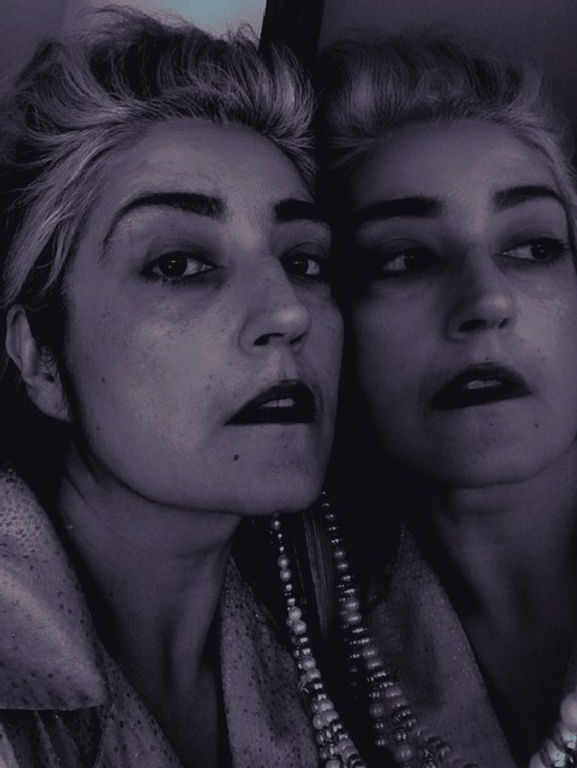

Misbah Wolf is a neurodivergent poet, performer, and multidisciplinary artist whose practice flows between poetry, portraiture, sound, and performance. Her work is concerned with presence — not permanence, but the flicker of aliveness that pulses just before disappearance. The intimate gasp of now.
I’ve given you a photograph where you can store your grief:
let it leave your face, ignite and fade.
— Rooftops in Karachi
Her poetry has always operated as a form of ekphrasis, but inverted — not written in response to image, but as image itself. Each line is a shutter, a glint, a held breath. Her collections, Rooftops in Karachi (2018) and Carapace (2023), are deeply visual: saturated with mirrors, liminal spaces, hauntings, architecture, and emotional residue. The poetic voice becomes a lens — and the body, a kind of landscape.
The photograph, your spectral resin, will have no copies.
-Rooftops in Karachi
Misbah’s evolution into photography is not a shift, but an expansion — a deeper falling-in. Her camera is not used to take, but to tend. What she seeks is that liminal interval between subject and self, between skin and meaning — la petite mort of identity, a rupture where something essential escapes. In this moment, when the human face breaks open — in vulnerability, mischief, weariness, desire — there is a jouissance, a brief, erotic knowing, where light both reveals and dissolves.
She is a hidden female only visible to male insomniacs.
-Carapace
Her portraits are acts of communion. Of reverent vanishing. The person in the frame is not exposed — they are shielded, held, and sometimes, released. Her use of light is devotional: it cradles, magnifies, veils, and betrays in turn. Each image becomes a site of tension — between being seen and remaining sacred.
Our bodies are time, impenetrable teenagers apprehensive to speak in case we disappear.
— Carapace
Misbah’s spoken word work, featured on radio, in performance spaces, and across SoundCloud, continues this act of holding what wants to vanish. Her performances often blur into music and field recordings — a form of somatic listening. Her voice carries the same tone as her photographs: low-lit, hypnotic, intimate, offering permission.
This house will part with consciousness and dissolve into your lambent dreams.
She lives and creates on Wurundjeri Country (Naarm, Melbourne), and is currently working on a body of interdisciplinary work where portraits, poetic fragments, overheard quotes, and ambient recordings will form a multi-modal diary of place, intimacy, and light. The goal is not to document — but to be with. To shimmer alongside.
Her work believes that to truly see someone is not to define them, but to honour their mystery.
Tell me what means so much to you before I stop caring.
-Carapace